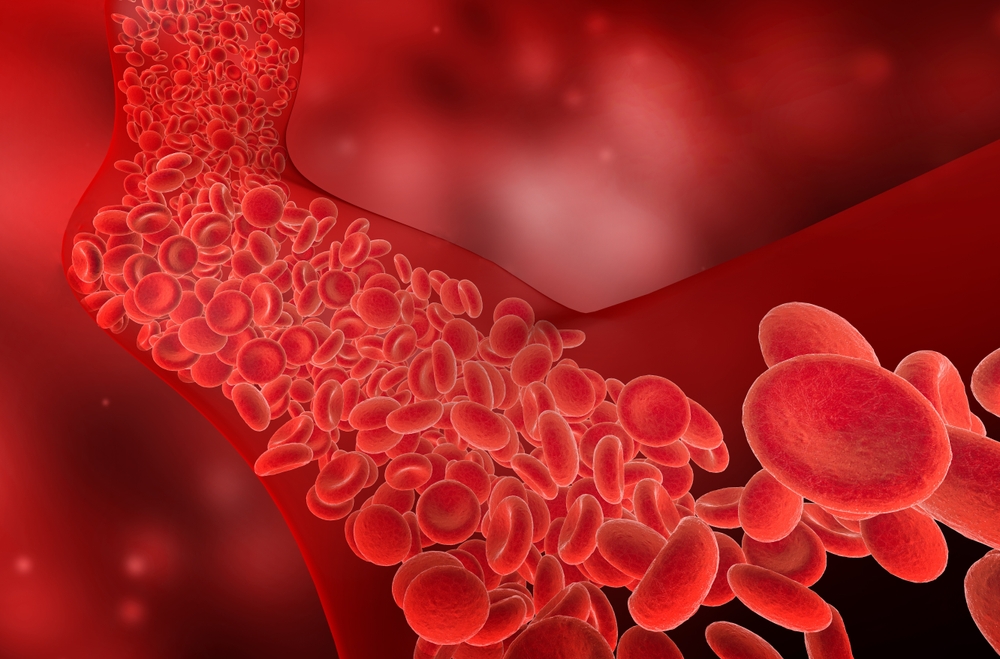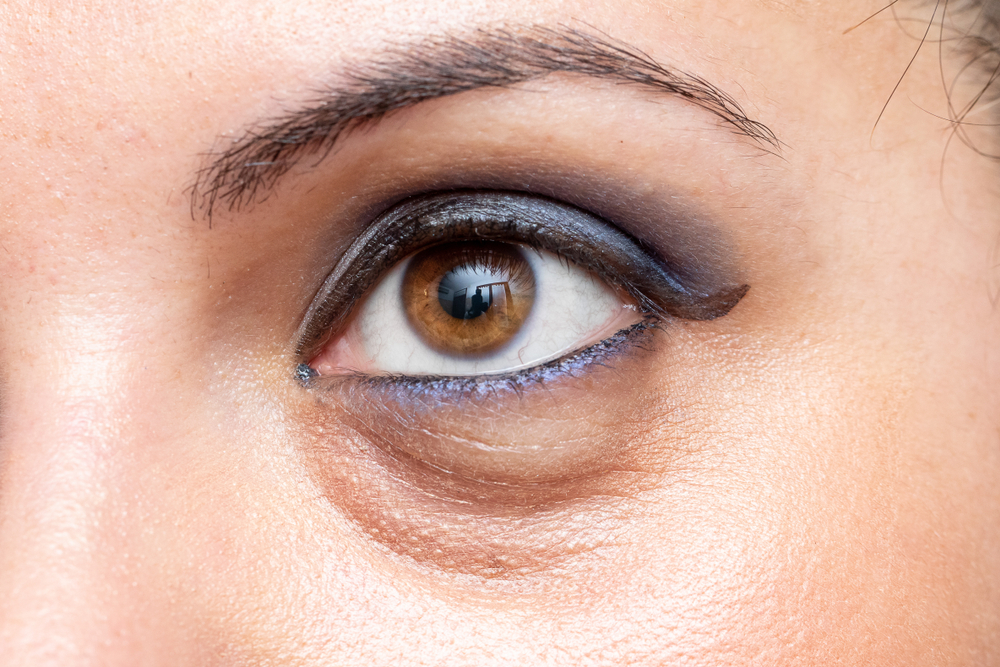Under-eye circles and bags can be annoying and hard to conceal. But, what lies beyond the aesthetic drawbacks of these issues is the possibility that they may be caused by deeper, more serious underlying health issues.
While most under-eye bags or discoloration are merely a sign of short-term issues, like a lack of sleep, or natural inevitabilities, such as aging, they may be a warning signal your body is trying to send you. Specifically, when and if under-eye issues worsen or persist over time, it’s likely that there may be deeper, more dangerous underlying culprits. But, before we get to that, let’s break down all of the causes to rule out any unnecessary worries or anxieties.
Thin Skin and Blood Vessels

The thinner your skin, the more blood vessels underneath the skin’s surface will show through to the naked eye. The thin delicate skin underneath your eyes, known as the periorbital area, allows blue or violet wavelengths to pass through.
The result? The veins under your skin appear blue and “dark.” As you age, the collagen and elasticity in your skin thins, making underlying blood vessels more prominent. That said, don’t be concerned – this blue-ish tint under your eyes is strictly aesthetic and shouldn’t warrant further concern.
Read More: People With Blue Eyes Are More Likely To Develop This Medical Condition
Under Eye Hyperpigmentation

Hyperpigmentation, unlike thin skin and pronounced blood vessels, can have many causes. It can occur both spontaneously or systematically, progressing over time. The most common causes of hyperpigmentation are:
- Sun exposure
- Genetic pigmentation
- Allergic dermatitis
- Edema/swelling
- Hormones
- Aging
This hyperpigmentation may be triggered by oxidized blood leaking from blood vessels around your eyes. How do you know if this is happening? The dark, hyperpigmented under eyes are accompanied by swelling, also known as edema, under the eyes. Thankfully, this condition is relatively harmless to your health and can be treated largely through diet and lifestyle changes.
Under Eye Bags

Swelling under the eyes, also known as bags, is common among all ages. When you’re young, these bags are often a side effect of an allergic reaction, illness, or excess buildup of fluids in the body. However, as you age gravity affects the collagen tissue of your thin under-eye skin and as a result, the delicate skin elasticity begins to weaken, sag, and build up fat tissue.
While we’re often tempted to point the finger at a lack of sleep or rest for the increased size of bags under the eyes, to date there is no specific scientific proof linking this cause and effect. However, while a lack of sleep may increase the severity of the puffiness under your eyes – especially first thing in the morning – there is no proof that it is the direct cause.
Under Eyes: Warning Signs of Underlying Health Issues

While under-eye issues are primarily aesthetic and shouldn’t warrant serious concern, they can equally be a warning sign of underlying internal health concerns. In fact, your under eyes may be one of the only external signs of internal health issues! Remember, if discoloration or puffiness persists or worsens over time, it’s best to see a doctor to ensure that one of the following issues isn’t to blame.
Read More: ‘Eye-opening’ Dementia Breakthrough Announced by USC Researchers
Poor Circulation

As stated above, under-eye discoloration and bags can be the result of a number of health issues. However, more seriously, poor circulation could be the culprit! To find out if your dark circles are an issue of slow blood flow, try pushing gently against the skin there. If the area looks lighter when you take your finger away and then slowly darkens again after a second or two, the cause is most likely related to circulation.
Food Intolerances

According to the Mayo Clinic, dark under-eye circles may occur due to allergic or hypersensitive responses to particular foods. The culprit can be anything from dairy to added preservatives. In fact, if you’ve been unable to get to the bottom of your under-eye discoloration, the 140 documented allergy-inducing foods may be to blame.
Iron Deficiency

While dark circles alone don’t indicate iron deficiency, also known as anemia, if you’re experiencing other symptoms like fatigue, frequent colds, and dizziness along with dark under-eye circles, you need to get your iron levels checked with a complete blood count. The connection between under-eye circles and iron deficiency lies in your body’s ability to carry oxygen to your cells; if your iron levels drop too low, your body’s ability to create hemoglobin is compromised. The result? Under eye discoloration due to a lack of blood flow!
Read More: Woman’s pimple under her eye turned out to be skin cancer
Sources
- [3] Ward, C. (2013, April 11). Is your health written all over your face? 19 problems you can see in the mirror. Retrieved from https://www.mirror.co.uk/lifestyle/health/your-health-written-over-your-1823132
- [5] Dark circles under eyes. (2016, October 13). Retrieved from https://www.mayoclinic.org/symptoms/dark-circles-under-eyes/basics/definition/sym-20050624
- [8] Iron deficiency anemia. (2016, November 11). Retrieved from https://www.mayoclinic.org/diseases-conditions/iron-deficiency-anemia/symptoms-causes/dxc-20266514

